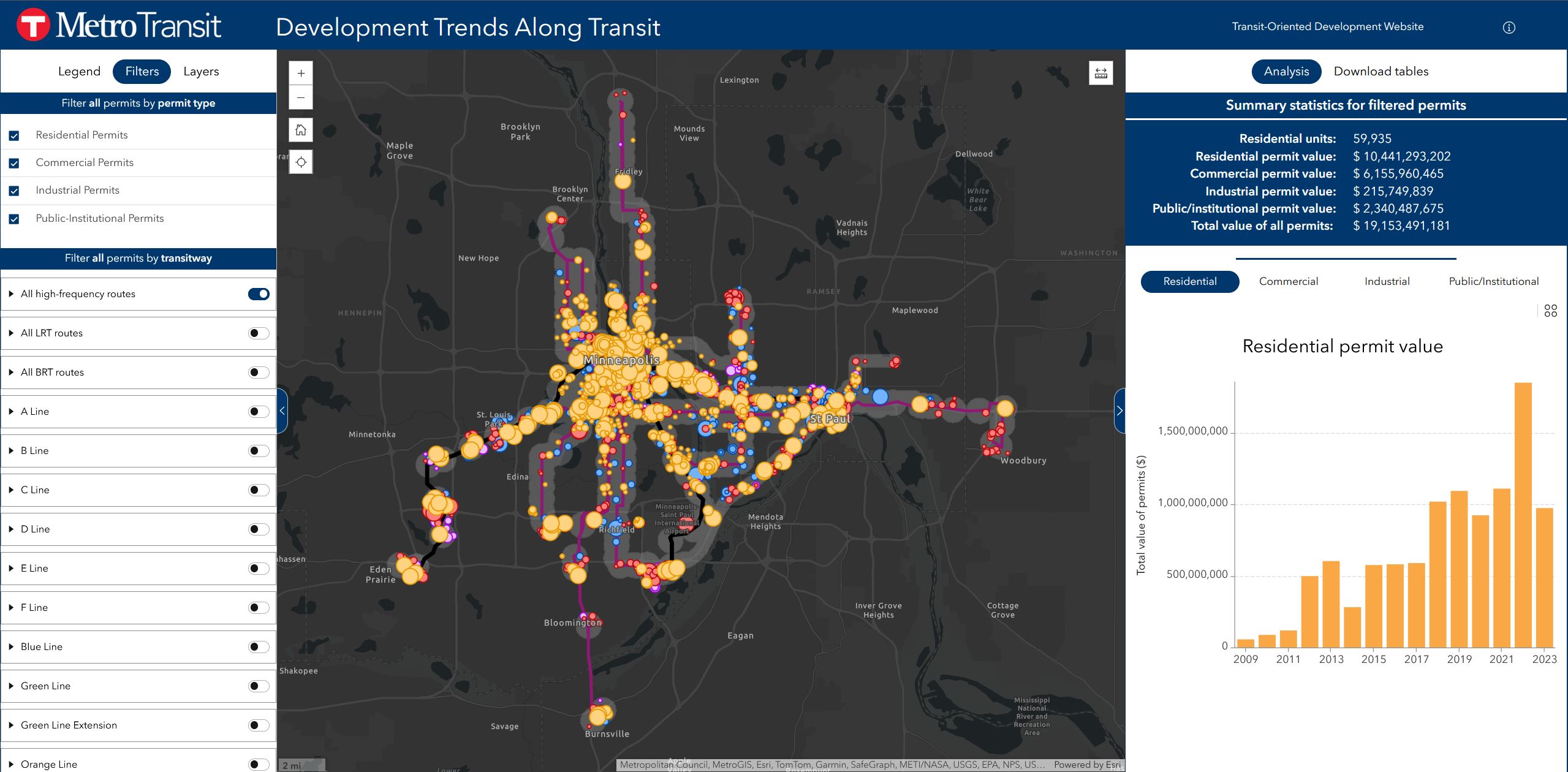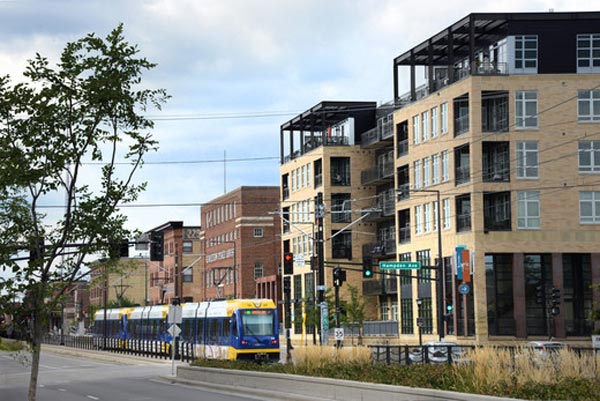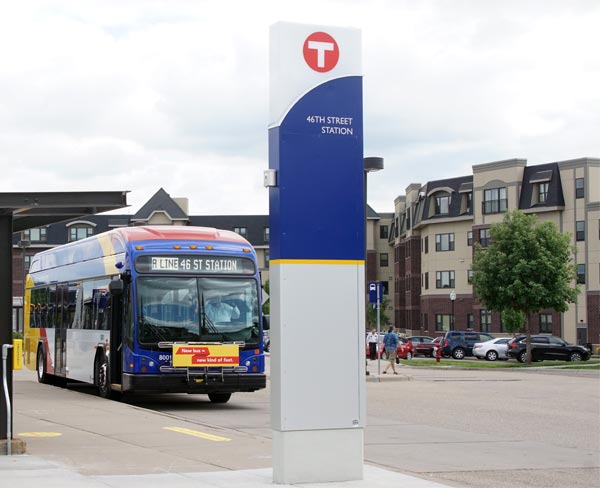
Now you can explore the core data of the Development Trends Along Transit report on your own and in-depth. With the new DTAT Web App, users can view building permits near high frequency transit - filter by development type, transitway, transit mode, year, and more. The app also shows summary statistics that dynamically update based on the filters you choose. Users can even export a list of permit entries based on their filters, including the data fields necessary to sort by transitway. The web app will be updated annually along with the Development Trends Along Transit report, and currently represents trends between 2009 and 2023.
Dig into the report that showed that $19 billion in development has been permitted along high frequency transit between 2009 and 2023, including:
- 44% of the region’s multifamily development by permit value
- 44% of the region’s commercial development
- 31% of the region’s public and institutional development
- 5% of the region’s industrial development
About the TOD Office
Metro Transit TOD is a one-stop shop for developers and urban planning professionals interested in pursuing or advancing Transit Oriented Development (TOD) in the Twin Cities.
The Metro Transit TOD Office is a branch of the Metropolitan Council and was founded in coordination with the region’s TOD Policy. As part of this policy, the TOD Office works to advance the following goals in all of our work:
1. Maximize the development impact of transit investments by integrating transportation, jobs and housing.
2. Support regional economic competitiveness by leveraging private investment.
3. Advance equity by improving multimodal access to opportunity for all.
4. Support a 21st century transportation system through increased ridership and revenues.
Questions? Please contact the TOD Office.
How can the TOD Office help you?
The TOD Office offers expertise, resources and connections to the Twin Cities and national TOD network.
We strive to be a resource for any TOD-related question or project, large or small, and will connect you to the right property owner, funding opportunities or organization to get you what you need. Additionally, the TOD Office is also equipped to help with:
Resources for TOD planning professionals
If you are a local planner seeking assistance with integrating TOD into your comprehensive plan; understanding the roles of the various levels of government involved in planning and implementing TOD; or in search of local case studies, initiatives and lessons learned; take a look at the Metropolitan Council TOD Guide and related resources.
Welcome to Metro Transit TOD! Click below to learn how WE can help YOU.
What is TOD?
TOD is walkable urban development supported by high quality, frequent transit service. TOD includes a mix of housing, retail, employment, retail and recreational choices, allowing people to live and work in vibrant places with less dependence on a personal car.
TOD plays a vital role in maximizing the impact of transit investments, increasing regional competitiveness and advancing equity and health.


Contact us
[email protected]
Michael Krantz, PE,
LEED-AP ND
Senior Manager
Clayton Watercott
Planner - GIS
Ames Yoder
Planner
Margaret Perez
Senior Project Manager
Jason Schmidt
Senior Project Manager